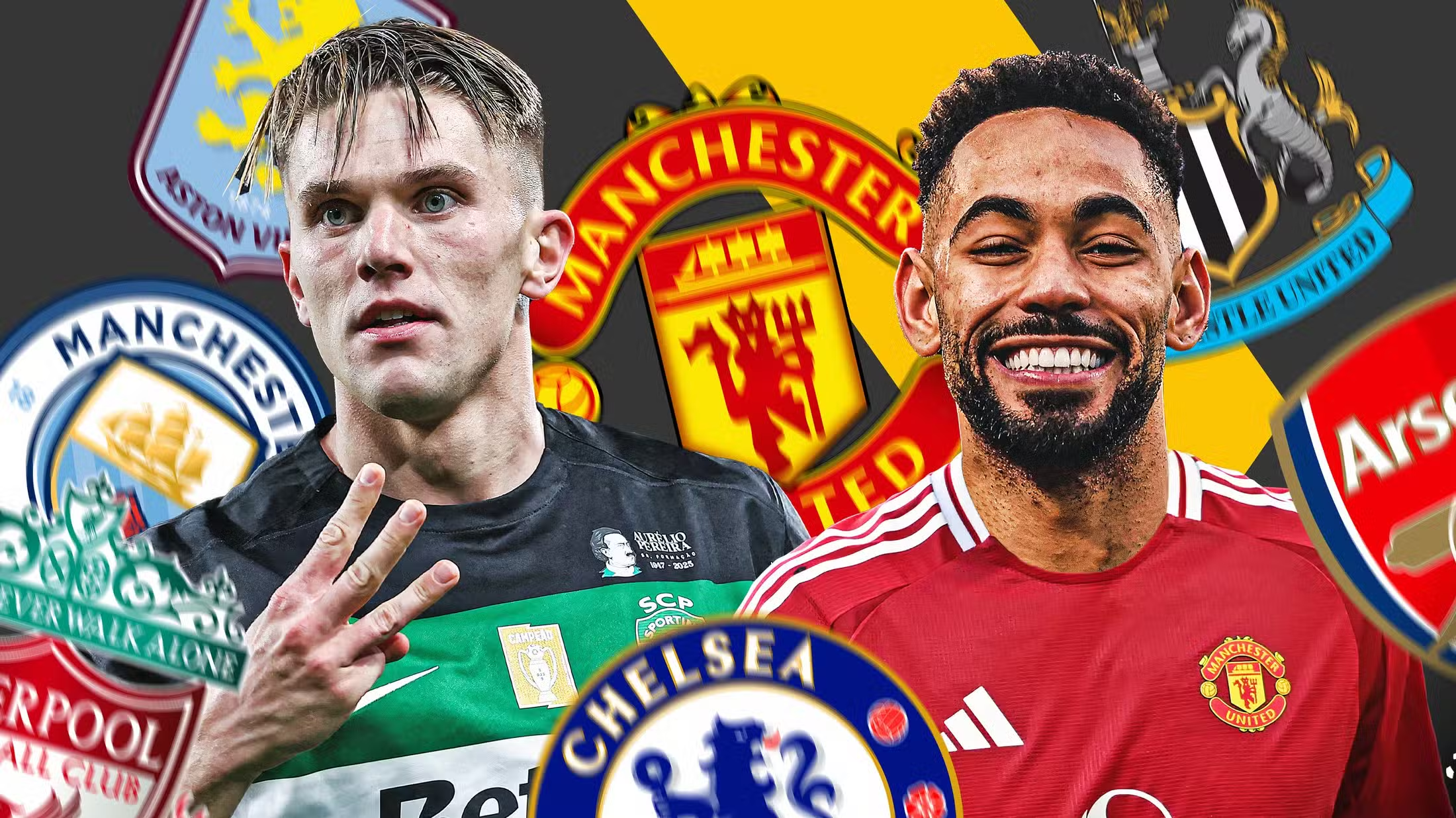Subtotal $0.00
Record-breaking spending in 2025 window
Record-shattering sums and what drove them
The summer of 2025 marked a watershed for Premier League net spend, with clubs pouring funds into new signings to reshape squads. The window blended marquee acquisitions with long-term squad building. Revenue growth from TV deals and sponsorship enabled bolder bids, while amortisation and deferred payments offered balance-sheet flexibility. Clubs recalibrated wages to secure top targets, often pairing a hefty transfer fee with lucrative contracts. The Football Faithful’s analysis shows the window as both a tactical gamble and a business necessity. For a broader view, see The Football Faithful and football finance specialists.
Beyond the headline numbers, the window underscored how Premier League net spend is part of a wider strategy. Some clubs opted for sustained investment across positions, others pursued a single marquee piece to reboot their attack or defence. The approach varied by club philosophy; some aimed for immediate impact, others prioritized long-term depth. This mix reflects a market where elite clubs balance prestige with prudent risk.
Marquee signings and strategic depth
Several signings dominated the summer narrative, combining high transfer fees with eye-watering wages. The aim was clear: secure players who can influence results from day one while also easing future squad transitions. At the same time, many teams added versatile operators who can cover multiple positions. That dual strategy—stars plus depth—shaped the tactical landscape and tested managers’ rotation plans. For context on marquee moves, consult credible transfer trackers such as Transfermarkt and official club announcements.
Top spenders and biggest signings
Top spenders by total outlay
The Premier League’s biggest spenders in 2025 hailed from the familiar big six circles and a few ambitious clubs from mid-table. City, United, Chelsea, and Liverpool often led with multi-signing campaigns that included forwards, creative midfielders, and defensive anchors. The net spend for the league was boosted by staggered payments and performance-linked add-ons, allowing several clubs to chase multiple targets at once. Yet the overall return on this outlay depends on integration and fitness. For live threads, see BBC Sport.
That scale of Premier League net spend created a new benchmark and invited sharper competition. The dynamic forced rivals to rethink scouting, contracts, and squad balance. Clubs faced tough choices between paying top wages and securing guarantees on performance. The pattern also underscored how much more the league values immediate impact alongside long-term growth.
Biggest single transfers and impact
Among the marquee purchases, a handful commanded record-breaking fee levels, paired with contracts designed to secure top wages for years. These signings offered immediate upgrades while shaping future transfer strategies for rivals. The net effect on parity varied; some teams saw rapid uplift, others faced integration hurdles. For additional perspective, consult The Guardian and official club statements.
Net spend by club across the league
Overall spend leaders and cautious buyers
Across the league, net spend was concentrated among a few clubs willing to front-load changes. These teams pursued a mix of high-profile signings, durable loans, and long-term wage commitments. The result was a mosaic where some clubs built depth, while others concentrated on a single rebuild piece. The trend suggests that net spend alone does not determine success; squad harmony and coaching impact the outcome. For snapshots, review Premier League financial reports and club statements.
Sales, loans and contract renegotiations
Clubs offset incoming costs with player sales, loan deals, and renegotiated contracts. This approach kept net spend in check while allowing some teams to refinance older deals at favorable terms. The discipline behind these moves shows how transfer windows are multifaceted, combining revenue-raising strategies with cost-control. Data can be explored at Transfermarkt UK and official disclosures.
Wage implications and financial fair play
Wage inflation and structure
The wage explosion accompanying the 2025 window reshaped payroll structures across the league. Clubs used contracts that can adapt to performance pay, image-based revenue, and loyalty clauses. While top clubs could offer premium wages, others faced tighter salary ceilings and more scrutiny from FFP guidelines. The balance between competitiveness and sustainability remains a central concern. For deeper context, consult the Premier League’s FFP guidance and Deloitte’s football finance reports.
FFP considerations and compliance
Football finances face evolving oversight. Clubs navigated amortisation with clarity from regulator guidance and independent audits. The 2025 window tested compliance thresholds as clubs sought to maintain healthy debt levels. Fans and stakeholders should monitor how wage caps and incentives are implemented in coming seasons. See regulatory summaries and industry analyses from major firms.
Impact on competitiveness and future transfers
Short-term results vs. long-term strategy
In the short term, the heavy Premier League net spend aimed to accelerate competitiveness. Some teams delivered immediate returns with improved depth. Others faced integration hurdles, tempering expectations for 2025-26. The key takeaway: spending alone rarely guarantees sustained success. The strongest clubs combine acquisitions with talent development and smart coaching. For ongoing analysis, follow season previews from major outlets.
What it means for a future window
The 2025 summer window confirms a cycle: aggressive net spend triggers counter-moves in the next window. Clubs will pursue data-driven scouting, tougher contract negotiations, and strategic loans to keep balance. The next window will likely blend marquee deals with cost-conscious planning. The trend remains clear: Premier League net spend will stay a central story. See industry trends from EY Football and market analyses.




